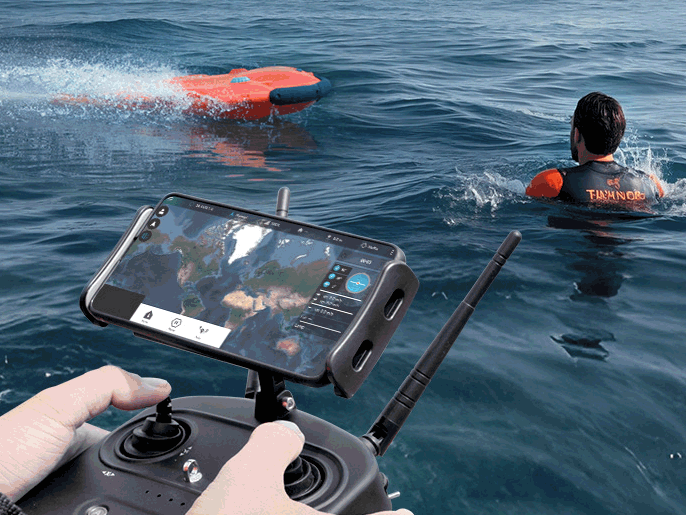随着全球气候变化加剧,洪涝灾害频发,传统水上救援方式面临响应速度慢、人力风险高、复杂水域难以进入等挑战。在此背景下,遥控救援飞翼作为新一代智能水域救援装备,凭借其高效、安全、灵活的特点,正逐步成为应急救援体系中的关键力量。尤其在大规模洪涝灾害中,采用集群化作业模式的遥控救援飞翼系统展现出前所未有的协同优势与实战价值。
遥控救援飞翼 的集群部署机制
在应对大面积水域受灾场景时,单台遥控救援飞翼虽能快速定位并接近落水者,但面对多点求救信号则力不从心。通过构建“一控多”或“多控多”的集群控制系统,指挥中心可同时调度数十台遥控救援飞翼,实现区域网格化覆盖。每台设备内置GPS定位、AI识别模块和无线通信系统,可在无人干预下自主规划航线、规避障碍,并实时回传现场视频与落水者状态信息,大幅提升搜救效率。
遥控救援飞翼 在洪灾中的协同作业流程
当洪涝灾害发生后,救援队伍可迅速将多台遥控救援飞翼空投或车载部署至核心灾区。借助地面基站或无人机中继网络,形成临时通信网,确保所有遥控救援飞翼保持在线连接。系统根据热成像、声音探测等传感器数据自动分配任务,优先救助生命体征明显的目标。多台设备可协同拖拽救生筏、搭建临时浮桥,甚至为被困群众投送食品与通讯设备,实现由“单兵营救”向“群体支援”的跨越。
遥控救援飞翼 的智能化调度平台
支撑集群应用的核心是智能调度平台。该平台集成GIS地理信息系统、气象水文数据及AI决策算法,能够动态评估灾情等级,优化遥控救援飞翼的布防路径与能源管理策略。操作员仅需在终端设定救援优先级,系统即可自动生成最优调度方案,并支持远程手动干预。这种“人机协同、智能决策”的模式,显著降低了对专业飞手的依赖,使非专业人员也能快速上手操作。
遥控救援飞翼 推动应急救援现代化转型
遥控救援飞翼不仅提升了水上救援的速度与安全性,更以其可复制、易部署、低成本的优势,推动了应急管理体系的智能化升级。未来,结合5G、边缘计算与数字孪生技术,遥控救援飞翼集群有望实现全 autonomous(自主)运行,在夜间、浑浊水域、强流环境中持续执行任务,真正实现“科技守护生命”的愿景。
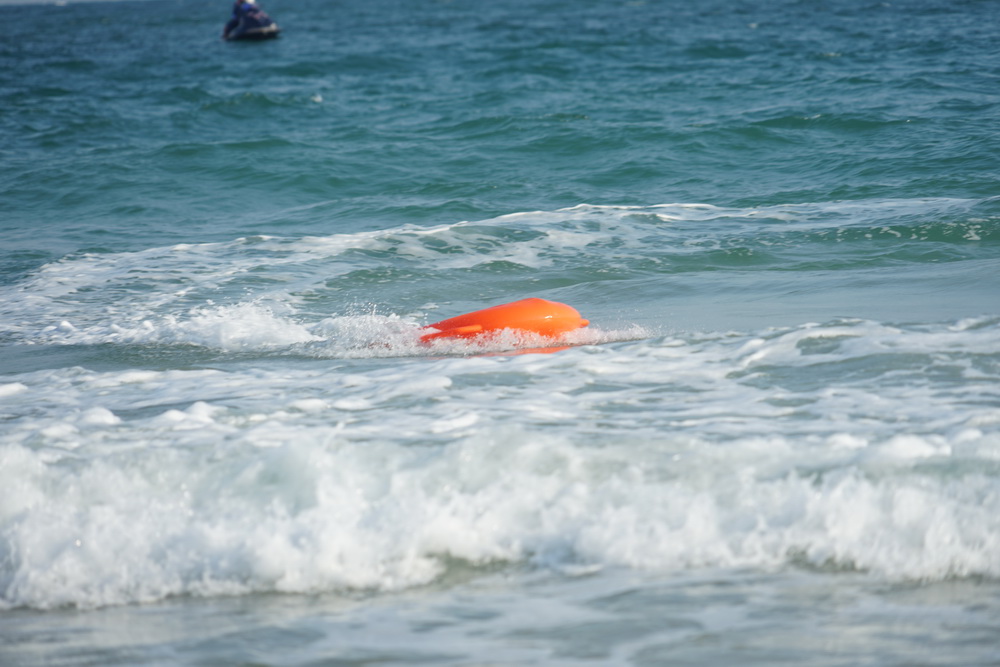



===
Remote Rescue Flying Wing: Cluster Application Model in Flood Disasters
With the intensification of global climate change, frequent flood disasters have exposed the limitations of traditional water rescue methods—slow response, high risk to personnel, and difficulty accessing complex water environments. In this context, the remote rescue flying wing, as a new generation of intelligent aquatic rescue equipment, is gradually becoming a critical component of emergency response systems due to its efficiency, safety, and flexibility. Particularly in large-scale flood disasters, cluster-based operation models of the remote rescue flying wing demonstrate unprecedented collaborative advantages and practical value.
Cluster Deployment Mechanism of the Remote Rescue Flying Wing
In scenarios involving widespread flooding, a single remote rescue flying wing may quickly locate and approach a victim, but it struggles when multiple distress signals emerge simultaneously. By establishing a "one-to-many" or "many-to-many" cluster control system, command centers can dispatch dozens of remote rescue flying wings simultaneously, achieving grid-based area coverage. Each unit is equipped with GPS positioning, AI recognition modules, and wireless communication systems, enabling autonomous route planning, obstacle avoidance, and real-time transmission of on-site video and victim status—significantly improving search and rescue efficiency.
Collaborative Operation Process of the Remote Rescue Flying Wing in Flood Disasters
After a flood event, rescue teams can rapidly deploy multiple remote rescue flying wings via aerial drop or vehicle transport into the core disaster zone. Using ground base stations or drone relay networks, a temporary communication network ensures all remote rescue flying wings remain connected. The system automatically assigns tasks based on sensor data such as thermal imaging and acoustic detection, prioritizing victims showing vital signs. Multiple units can collaboratively tow life rafts, construct temporary floating bridges, or even deliver food and communication devices to trapped individuals, transforming operations from “individual rescue” to “group support.”
Intelligent Scheduling Platform for the Remote Rescue Flying Wing
The core supporting the cluster application is an intelligent scheduling platform. Integrated with GIS (Geographic Information System), hydro-meteorological data, and AI decision-making algorithms, this platform dynamically assesses disaster severity and optimizes deployment routes and energy management strategies for each remote rescue flying wing. Operators only need to set rescue priorities at the terminal; the system then generates optimal dispatch plans automatically, while still allowing remote manual intervention. This "human-machine collaboration, intelligent decision-making" model significantly reduces reliance on professional pilots, enabling non-specialists to operate the system quickly.
The Remote Rescue Flying Wing Driving Modernization of Emergency Response
The remote rescue flying wing not only enhances the speed and safety of water rescues but also promotes the intelligent upgrade of emergency management systems through its replicability, ease of deployment, and low cost. In the future, combined with 5G, edge computing, and digital twin technologies, remote rescue flying wing clusters are expected to achieve fully autonomous operation, continuously performing missions in nighttime, turbid waters, and strong currents—truly realizing the vision of "technology safeguarding lives."
〗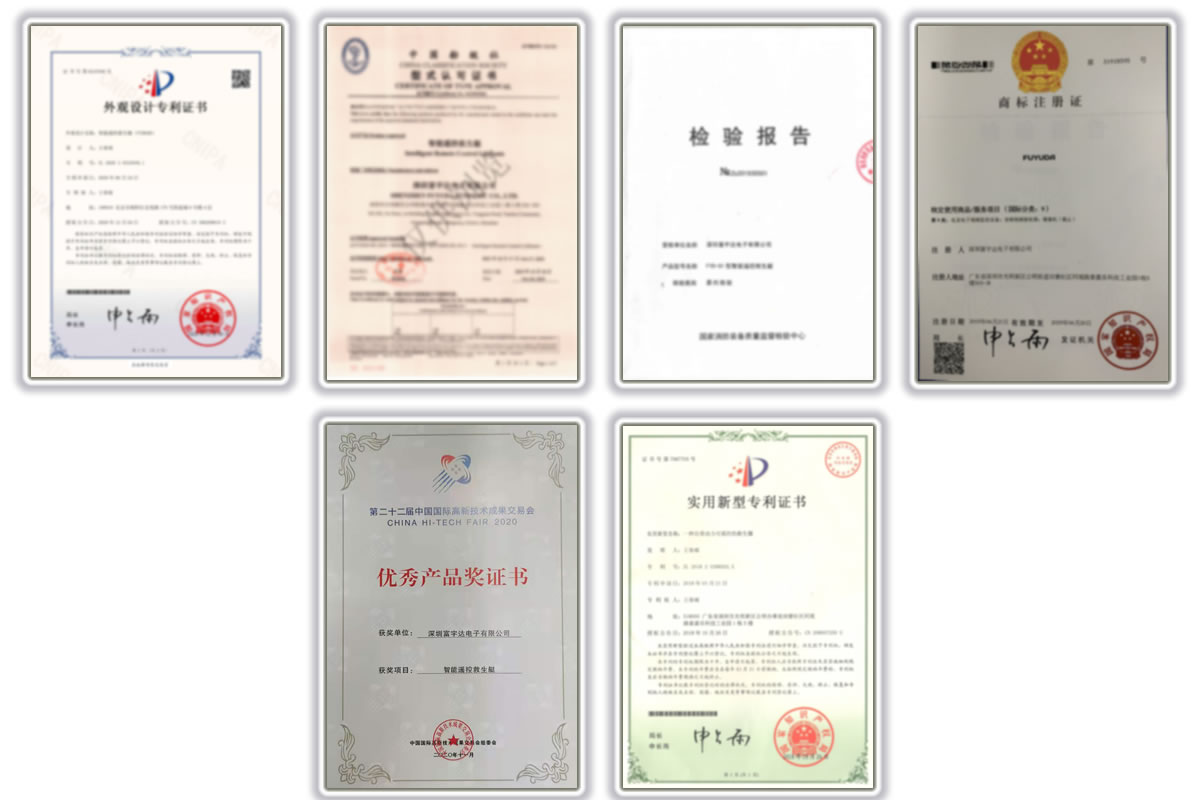









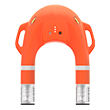
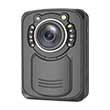









 当前位置:
当前位置:



